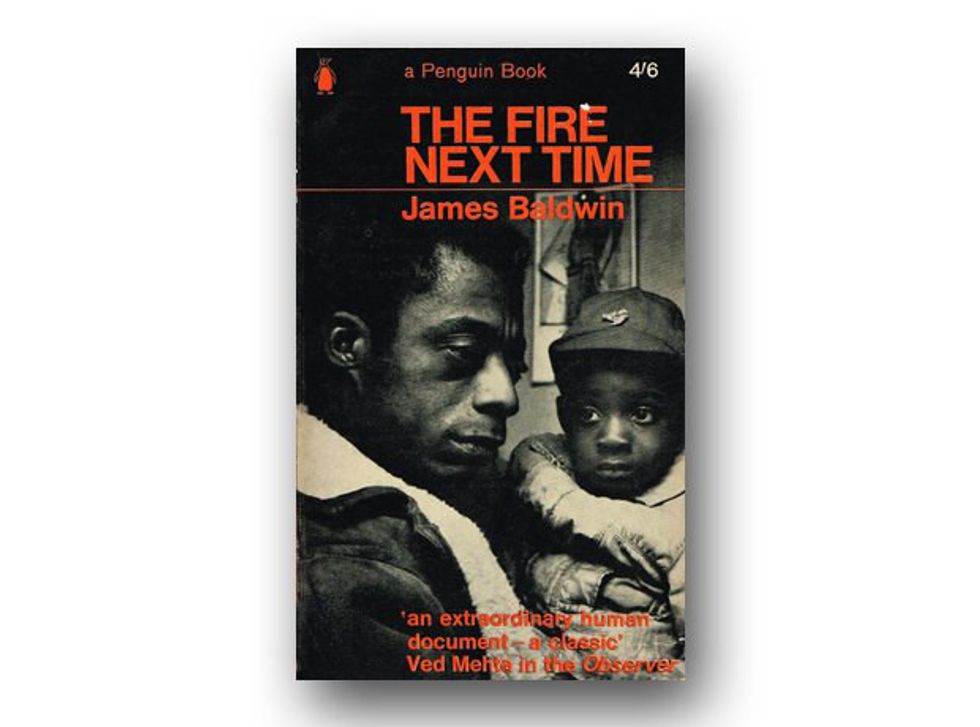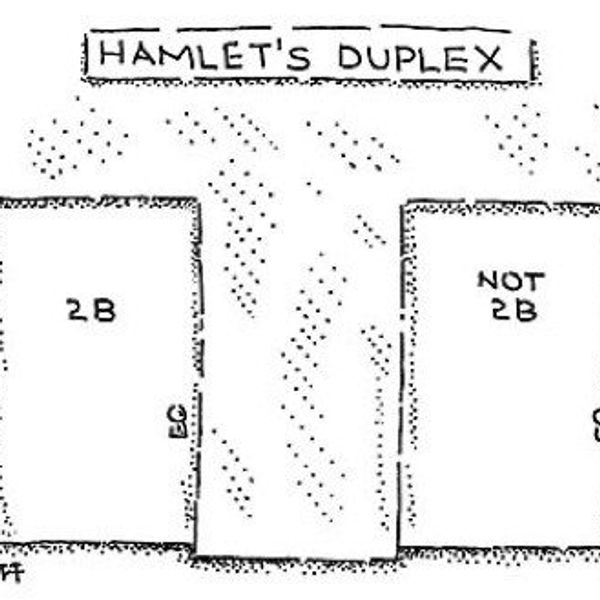One of the joys of summer is the amount of free time one has to read books of their choice. Throughout this summer I will be sharing a list of books that everyone should read. The first book on that list is Between the World and Me.
Ta-Nehisi Coates’ Between the World and Me is a short 152 pages but is one that has a lasting impact. In recent years, Coates has proven himself as one of the premier American writers of his generation, having nationally recognized articles in the Atlantic and writing the current issue of Marvel’s Black Panther Comic. The book was slated for a fall release in 2015 but after the shooting in Charleston last summer, the book was released in the summer of 2015. Between the World and Me is written as a letter from Coates to his 15-year-old son Samori, after he watches his son deal with the non-indictment of police officer Darren Wilson and his murder of Michael Brown. Inspired by James Baldwin’s 1964, “The Fire Next Time”,

Coates perceives to tell his son through history and personal experience what it is like to be a person of Black complexion in the United States.
Coates refuses to sugar coat and sympathize with his son’s pain. In fact he wants to give his son as real as a telling as he can. He does so by detailing his own life, both prior to fatherhood and during it. Some of these moments are real and tough to swallow as a reader, such as the murder of Coates’ college friend Prince Jones at the hands of police, an event that, Coates writes, “took me from fear to a rage that burned in me then, animates me now, and will likely leave me on fire for the rest of my days (p.48).” Coates tells his son of America’s ongoing romance with its own unexamined platitudes of innocence and equality, disguised as “The Dream”. The Dream, according to Coates is built upon white supremacy, therefore only certain people can fully obtain the Dream. He describes race as one of America’s most potent ills. “But race is the child of racism, not the father. And the process of naming “the people” has never been a matter of genealogy and physiognomy so much as one of hierarchy. Difference in hue and hair is old. But the belief in the preeminence of hue and hair, the notion that these factors can correctly organize a society and that they signify deeper attributes, which are indelible—this is the new idea at the heart of these new people who have been brought up hopelessly, tragically, deceitfully, to believe that they are white(p.13).” His perspective on race is not something new, but is a refreshing outlook on race that can be used in academic settings that try to define race. By looking at historical evidence and sociological theories, Coates has a modern take on what race means in the American context.
Between the World and Me is important because its target audience is not only his son, but the “world” or white America. This book allows the reader to feel the pain and reality of growing up as a black person in the United States. Coates does not focus on all of the negativity, in fact he spend quite some time describing what he calls the “Black Mecca” or better known as Howard University. He also talks about the beauty of black skin, ““Black is beautiful—which is to say that the black body is beautiful, that black hair must be guarded against the torture of processing and lye, that black skin must be guarded against bleach, that our noses and mouths must be protected against modern surgery. We are all our beautiful bodies and so must never be prostrate before barbarians, must never submit our original self, our one of one, to defiling and plunder.” Coates knows that the black body has been marred throughout time should be recognized as beautiful. This message is not only for African-Americans but also those that have come accustomed to marring those bodies.
Between the World and Me isn’t a perfect book, in fact the book address the issue of race, yet really does not offer any solutions or “hope” for a better future. Coates does not want to tell his son that everything will be better, he believes that this is a sense of false hope that cannot be achieved. Coates speaks of being told this by his grandparents, which helped him see and understand the world better. This lack of hope can be disheartening for the reader, but is in some ways essential because it makes the hopelessness and despair more personal while reading the text. The emotional pull makes it less of an academic or journalistic book, but it still holds qualities of both of those forms of writing.
This was a very personal book for me to read. The book was the one gift I asked for this past Christmas, so when I got the book all I wanted to do was sit down and read it. I finished the book in three days but could have easily done so in one. I purposefully set the book down at times so I could truly process what I was reading. I knew the book was a letter to his son, but at times I felt as if the author was writing to me. He talked about how he longed to be in a place of black excellence, and how Howard University was that for him. I have felt the same way and have found my solace within the historically black church. He talked about the pain he felt after the deaths of his friend Prince, and I thought about the pain and questions I had when my friend Darius became a victim to street violence. I remember the pain I felt watching the trial of Michael Brown, and the hopelessness I felt. As Coates was trying to explain these things to his son, I think he inherently explained them to me as well.
You can purchase the book, here.





















